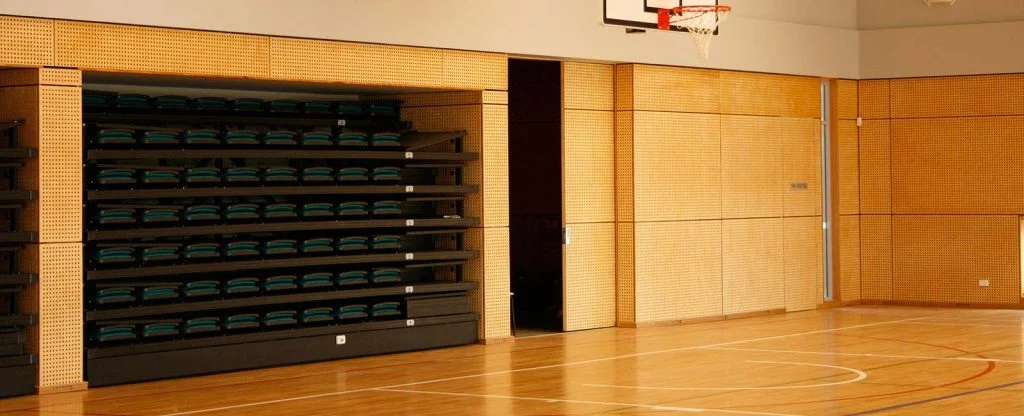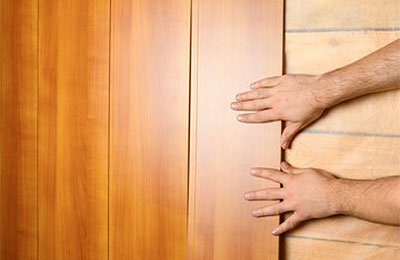Panelling for walls is an excellent way for you to spruce up any commercial space. Not only does it add extra protection for walls, but you can easily change the look of interiors by simply switching your wall panels’ design and materials.
But when you have budget constraints, you must consider something cheaper and more sustainable. So why not consider using plywood or medium density fibreboard (MDF)? These materials can help realise your architectural designs for less.
Why Plywood and MDF Are Perfect for Wall Panelling
Wall panelling is a method of finishing interior walls by covering them with a series of panels (often uniformly flat and rectangular). These hide the walls’ rough stone, concrete or brick-and-mortar for better aesthetics.
Wall panels are immensely practical. They are easier to clean, repair or replace than exposed drywall. They also provide other practical benefits, such as additional insulation, damage protection and noise reduction.
Today’s wall panels are made from a wide variety of rigid and semi-rigid materials, from wood and metal to plastic and upholstery. However, plywood and MDF or medium density fibreboard are among the most reliable and cost-effective. These have become ever more popular with architects, interior designers and builders.
Benefits of Using Plywood for Wall Panelling
When it comes to plywood wall panelling, the right type matters. Typically, plywood wall panels are made from (depending on the application requirements) interior plywood, marine plywood, or even plain structural plywood.
The popularity of plywood for wall panelling in both residential and commercial applications is due to the following features and benefits they offer:
Availability and cost-effectiveness
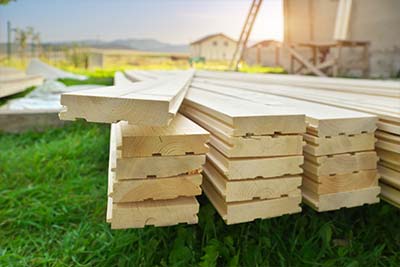
Plywood is widely available in the market. It is relatively cheap and easy to source for construction projects. There are plywoods with beautiful natural finishes that do not need painting over. Thus, designers and developers who want to incorporate the beauty of natural wood with less cost reach for plywood as their material. With the right plywood, you can achieve that high-quality look of traditional lumber on a budget.
Versatility
Plywood material is sourced from various wood species (i.e., hardwoods, pine, bamboo) and comes in various grades, thicknesses and finishes. It can also be laminated, painted, stained or left in its natural state to achieve different textures. Plywood suppliers can easily pre-cut plywood into various shapes and sizes, according to your specifications, allowing customisation to your design requirements. That means you have plenty of application and aesthetic choices — and therefore, versatility in design.
Strength and durability
Next to raw wood, plywood is the next strongest and most durable wood-based product. It can even withstand impact better than some other materials, making it ideal for interior wall panelling.
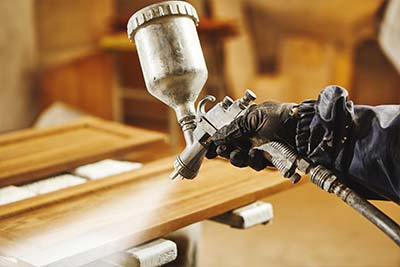
Plywood (especially one of high-quality grade) is also less prone to expansion and contraction compared to solid wood. This is because it is a wood composite and it has better stability. This helps maintain the integrity of the plywood wall panelling over time.
Moreover, plywood can also be specially treated to be resistant to fire, termites, wood rot, or humidity (for all-weather or marine plywood applications). This is especially important in Australia’s climates.
Sustainability
Most of today’s graded plywood is manufactured with veneers sourced from sustainable commercial tree plantations (rather than timber taken through unregulated forest logging). This makes plywood an environmentally friendly option in some cases.
Fast and easy installation
Installing plywood wall panelling isn’t as difficult as it once was in the past.
Manufacturers now routinely add different clipping or tongue-and-groove systems to their panels. You only need to connect each piece at the ends. These simplify the installation process and make it easier to mount panels to walls and form strong, invisible ‘seams.’
This saves you from extra time and labour costs during construction or renovation.
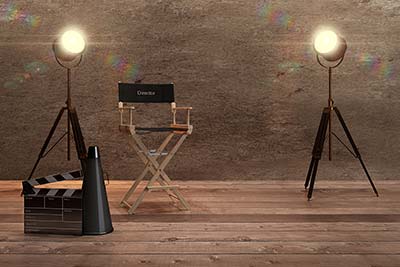
Application example
Modern plywood’s easy-to-install systems also make plywood wall panels an ideal option for building film and TV sets. Crews can quickly switch from one set design to another by changing wall panels. FA Mitchell has been providing plywood and particle boards to various film and TV sets for years. Some of our previous clients include ‘The Voice Australia’ and ‘A Place to Call Home.’
Added insulation
Depending on the type, plywood can be an excellent material for creating additional insulation. Certain types of plywood can help block outside temperatures or sound from getting through to interior rooms.
For example, in cooler climates, walls that have been wainscotted with plywood panels help keep rooms warmer. You can also use acoustic plywood cladding to minimise the levels of noise and echo in your space.
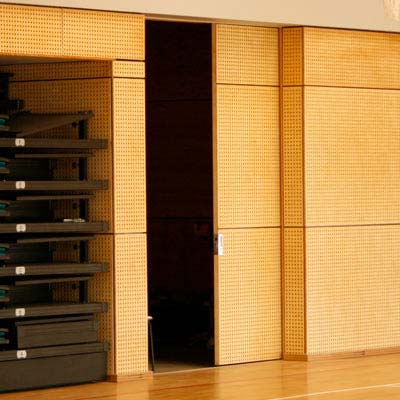
Thus, you can apply plywood wall panelling to achieve these effects in different interior settings, such as reception areas, conference rooms, and even large classrooms.
Application example
Acoustic plywood products such as Sonapanel are designed to help eliminate the reflection of sound in a room. In 2018, we used Sonapanel to improve the acoustics in a sports complex in Middleton Grange, Western Sydney. You can read all about it in our Thomas Hassall Sports Hall Project.
Benefits of MDF Wall Panelling
Medium density fibreboard (MDF) is another popular material for wall panels. It is less dense and durable than plywood. Nevertheless, MDF does have key features and benefits that make it the more appropriate material for wall panelling in certain situations.
Cost-effectiveness
Depending on which grade of plywood it’s compared to, MDF is generally more affordable than the former – often by as much as 50% cheaper than plywood. MDF sheeting made to the size and thickness of a similar piece of plywood can be the more cost-effective solution for project managers on a tight budget.
Consistency and uniformity
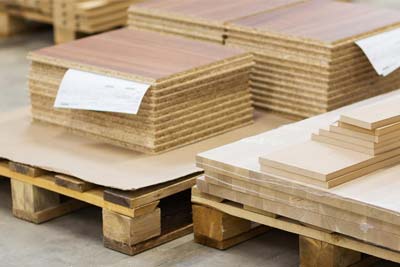
Compared to natural wood or plywood, MDF has near-perfect uniform density, inside and out. There are no wood knots, grains, voids or gaps within. This is possible because MDF is an engineered wood product made of highly compressed wood fibres.
MDF is also manufactured to have a very smooth and consistent surface and cut to create panels of consistent thickness.
That means MDF is an excellent choice for applications where a sleek finish is desired. If you need to create an interior wall with a smooth and even surface (that’s perfect for painting or child-proofing a room’s walls), MDF is the material for you.
Workability
Compared to plywood, MDF is more lightweight and easier to manipulate. You can cut MDF to any shape and in any direction since you won’t have to deal with wood grain that can split or create jagged edges if you cut it in the opposite or “wrong” way. MDF’s smooth consistency allows you to create intricate designs and customized panel shapes. Moreover, MDF is manufactured and sold with a variety of laminate finishes; you can use it as is or have it painted over. Veneered MDF is particularly suitable for creating lightweight furniture and decorative wall panels.
Environmental friendliness
Some MDF products are manufactured using recycled wood fibres, making them a potentially eco-friendly option. However, it’s essential that you check the specific manufacturing practices and certifications before purchasing.
Decision making-tip
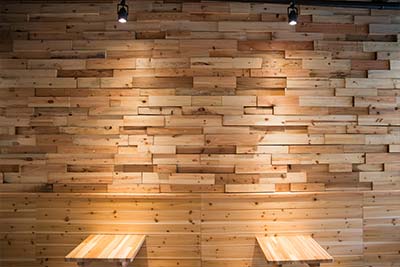
Can’t make up your mind on whether to use plywood or MDF? Check out our article on MDF vs. Plywood where we delve into the subject further, to help you find out which material works best for you.
When choosing between plywood and MDF for wall panels, the decision often depends on factors such as the desired aesthetic, budget constraints, and the specific application. Both materials have their strengths, and the choice may also be influenced by factors such as moisture resistance, structural requirements, and environmental considerations.
Your Wall Panelling Supplier for Sydney and NSW
If you are looking for the right wall panels for your commercial project, why not give us a call? FA Mitchell is one of Australia’s leading MDF board suppliers and marine ply, structural plywood, or interior plywood panel wholesalers. We’re based in Sydney but we can assist you in choosing the right wall panel for the job. We’ll get your plywood or MDF supplies delivered to you, custom cut and on time, no matter where in New South Wales you are.

